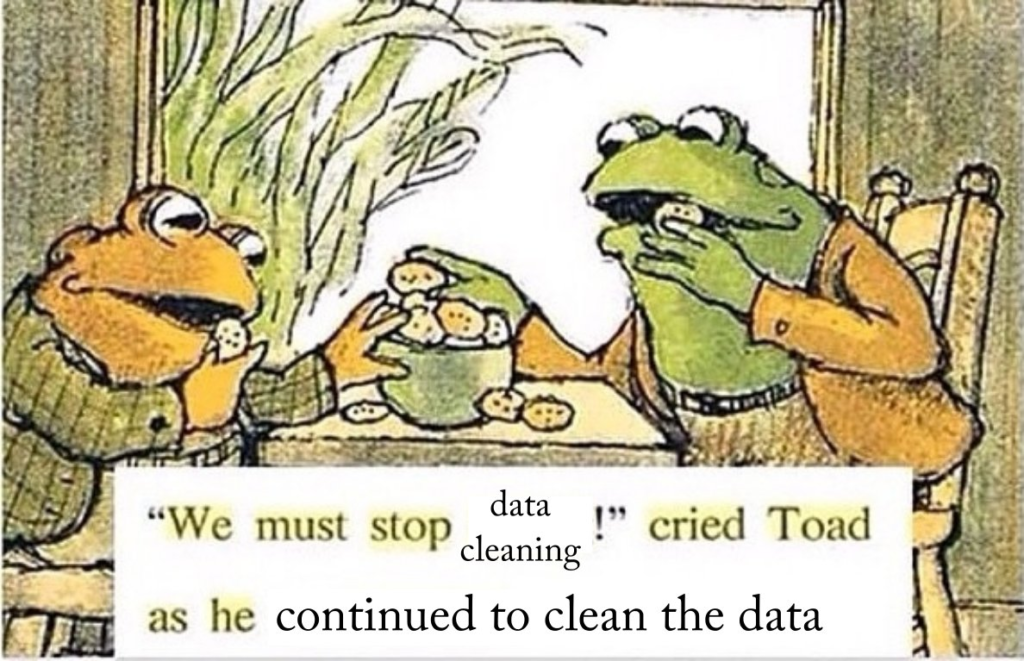A Comprehensive Guide to Python Project Management and Packaging: Concepts Illustrated with uv – Part I – Reinforced Knowledge
The goal of this guide is to provide a comprehensive guide to Python project management and packaging. We’ll explore concepts in the standard, like the different tables in pyproject.toml by revisiting the PEPs that led to what we have today. We’ll explain what was used before, why it needed to change, and how the changes provided by the PEPs solved the issues. This walkthrough of the historical context is important to understand current practices. Since Python project management and packaging usually relies on tools (to install your dependencies, build your project etc.), I thought it was a great idea to use a tool to illustrate the concepts we talk about. In general tools go beyond the standard, for example the chosen tool here uv allows for what is called “editable dependencies“, which is not something in the standard but a feature that many tools like uv offer. I find it important to delve in those extra features that are not supported by the standard but we find in many tools. On the other hand, when a standard provides a new feature, usually it’s support is not immediate. For example with PEP 735, at the of writing, I was using uv version 0.4.29 (85f9a0d0e 2024-10-30), and it totally support the non-package use case yet, though it supported declaring dependency groups and it worked well for package projects. It’s important to keep in mind this distinction between what is in the standard, what is beyond the standard and provided by a tool, and what new standards the tool lacks support of. uv is “an extremely fast Python package and project manager, written in Rust”. The commands we’re going to cover are init, add, lock, sync, run, tool, build and publish. These commands will allow me to illustrate all the concepts we’ll discover. There are many other similar tools such as Poetry, PDM, pipenv etc. Don’t hesitate to explore and try them and pick which suit your needs. pip might be sufficient by itself for your needs. Again, the goal of this article is not to be a guide of a particular tool, but to get you from knowing nothing, to knowing the standard. What I won’t get into in this article are scripts, workspaces (just a little mention in how to add them in the appropriate section), building a package and publishing. These will be in a second part of this guide.
The uv init command is self-explanatory, as are almost all of uv commands, it’s used to initialize a project, let’s check what it does when executed. Since we’re starting from a blank project, this will create the following files: .gitignore, .python-version, hello.py, pyproject.toml and README.md. The most important files for us here are the pyproject.toml and to a lesser extent the .python-version.

















/cdn.vox-cdn.com/uploads/chorus_asset/file/24933442/236790_Apple_watch_9_Ultra_2_AKrales_0356.jpg)






